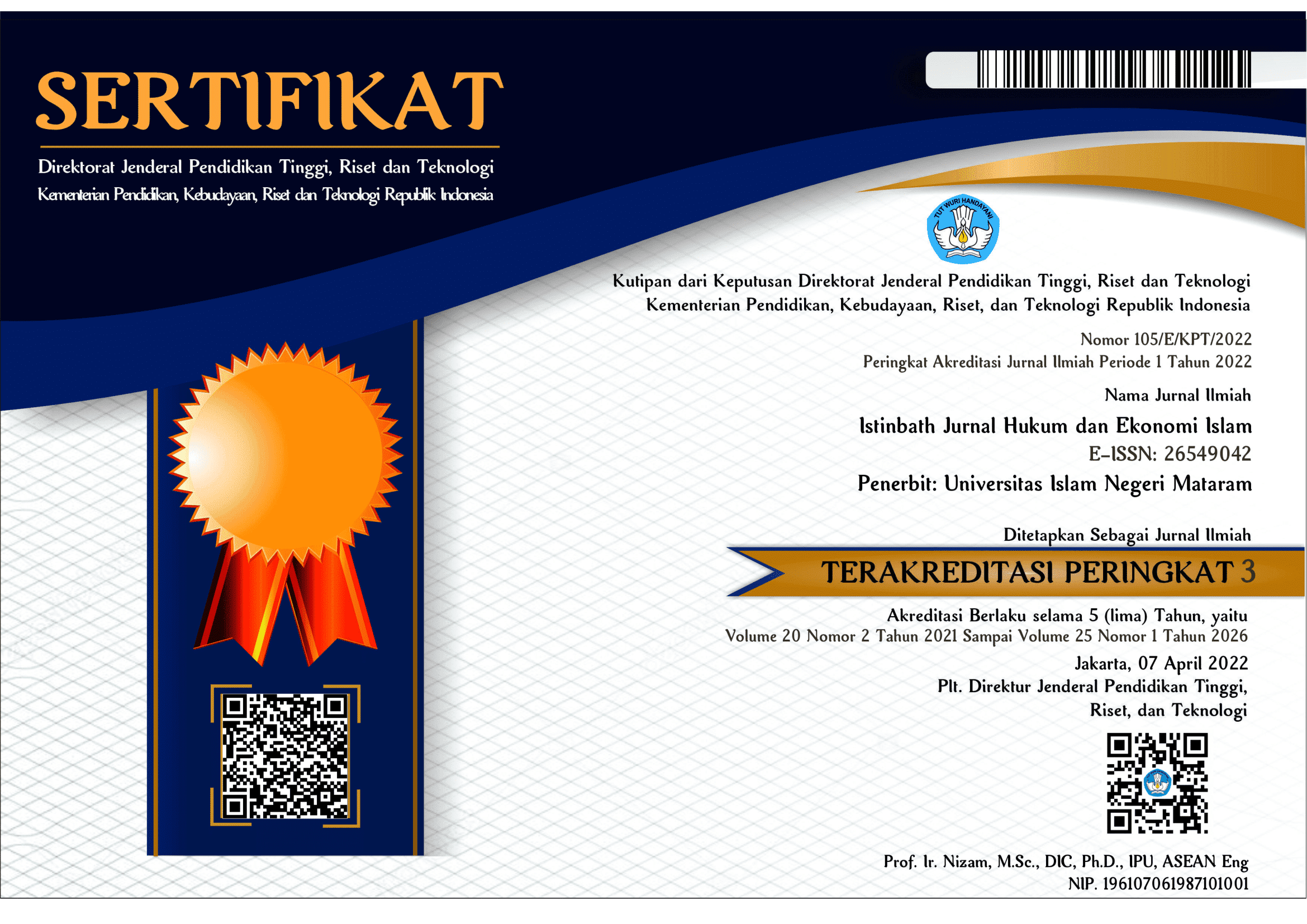Author Guidelines
A. General Guideline for Authors
Update (1 March 2023)
Carefully read the submission guidelines as follows:
- The article must be written in english and use the latest tamplate
- The article must be typed in single spaced (1.00 pt), Cambria font with size 12 pt except for abstract and on A4 paper size (margin left:2.5 cm, right: 2.5 cm, top: 3 cm, bottom: 3 cm)
- The article must be minimum 5000 words and more than `` 14 pages EXLUDE bibliography and appendix
- The article must include abstract in English (100-250 words) and be following by the keywords (3-5 words). Abstract and keywords are typed in single-spaced and Cambria 11 pt
- Citation must be in form of in-text and bibliography are based on APA 6th Edition (American Psychological Association)
- References is typed in single spaced and Cambria 12 pt. The authors are encouraged to use journals as the main references and avoid using web articles. The bibliography must be the last 5 years publication except for any foundational works e.g. learning theories, framework etc. References must be written using Mendeley reference manager
- Articles that do not follow the instructions that have been given will be automatically rejected
B. Article Template
Download Template Articles
C. Structure of The Manuscript
Introduction. The introduction should contain (structured) general background, the problem, previous literature review (state of art) as the basis of a statement of the scientific novelty of the article, a statement of scientific novelty, and the research problem or hypothesis. At the end of the introduction should be written the purpose of the article studies. In a scientific article, the format is not allowed for the review of the literature as well as in a research report, but expressed in the previous literature review (state of the art) to demonstrate the scientific novelty of the article and can be written development conceptually based on previous research studies.
Method. The method used to solve the problem is written in this section, Methods must be structured, clear and understandable as well as the right to use the method.
Results: Type the findings of scientific research in accordance with the method used. but must be supported by data and facts sufficient. No discussion on the results of research findings, this section describes only the findings of the research results.
Discussion: in this section is not re-write the research findings, but more scientifically reviewing the results of research, not restate data obtained research results. The scientific findings should be described in Science include: Do the scientific findings obtained? Why did it happen? Why such a variable trend? All these questions must be explained scientifically, not merely descriptive, must be supported by scientific phenomena. Furthermore, it should be explained also in comparison with the results of other researchers about the same topic. The results of the research and findings must be able to answer the research hypotheses in the introduction.
Conclusions: Each article closed with the conclusion that summarizes the answers of the hypothesis or research purposes or scientific findings obtained. Conclusions do not contain repetition of results and discussion, but rather to a summary of the findings as expected on purpose or hypothesis. If necessary, at the end of the conclusion can also write things that will be associated with the next idea of the study.
References. All references in the text of the article should be written in the References section. Reference should contain reference libraries derived from primary sources (journals). Scientific Journal of a minimum of 80% of the total bibliography) published last 5 years. Each article contains at least 15 (fifteen) reference was referenced. The format of writing based on APA 6th Edition (American Psychological Association).
Writing citations and references using automatic reference management to be more consistent in writing citations and references using reference management application program such as Mendeley, Zotero, or other.
MENDELEY GUIDELINES




